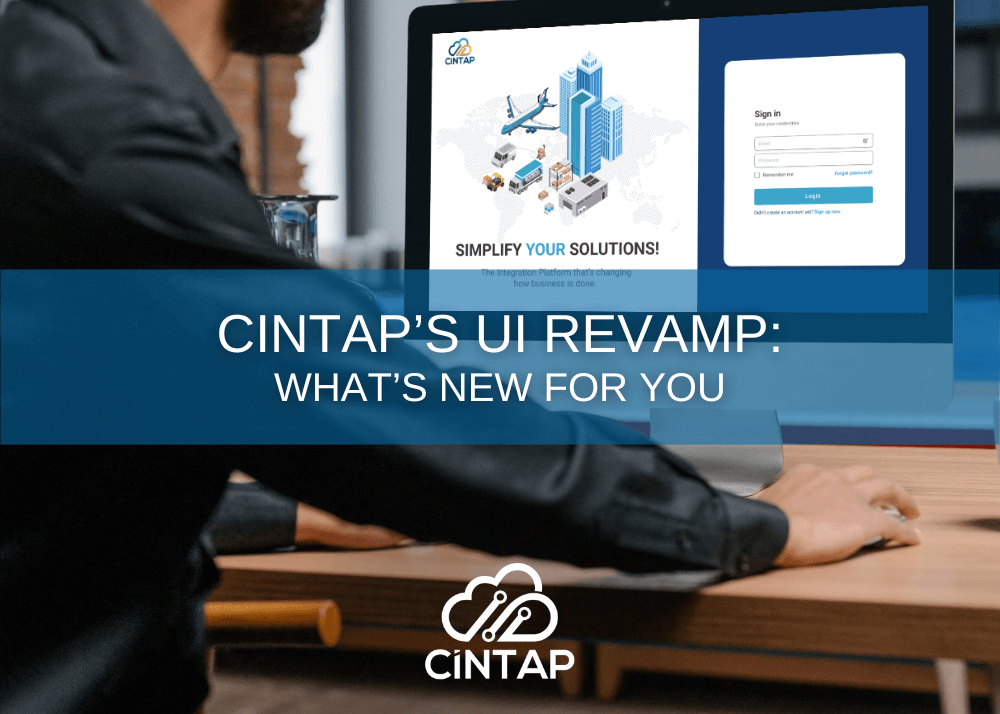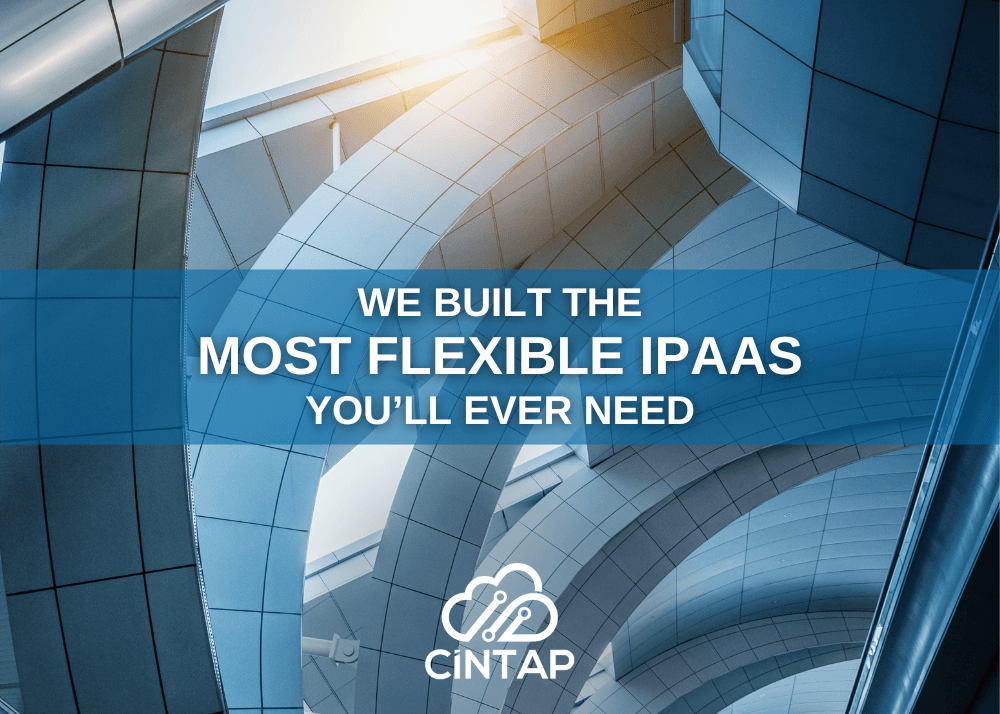
The word “logistics” is technical enough to make static in your brain- but common enough that you really ought to know it. Maybe you already have a general sense of what logistics is, but you’ve been outsourcing the real thinking to a logistics manager or a 3PL. Maybe your company is just getting started and now you’re staring down some serious logistical questions.
Whatever your circumstance, you’ve clicked the right link.
Note: throughout this article, we’re going to use a hypothetical retail company for our examples. Retail companies may need any or all types of logistics, making them prime candidates for hypothetical logistics scenarios. Whatever sector your company is in, you can apply the individual principles- even if you aren’t in retail.
Definition of Logistics
Basically, logistics is the art of getting stuff from Point A to Point B as quickly and efficiently as possible.
Less basically, logistics is the process of planning, organizing, and managing the movement of goods and materials from the point of origin to the point of consumption. This includes procurement, inventory management, warehousing, transportation, customer service, and on-time delivery.
If that already sounds overwhelming, give your logistics manager a raise!
4 different types of logistics
There are four basic logistic types or categories: inbound, outbound, reverse, and third-party.
Let’s go through each type, with examples, and address specific benefits and challenges.
Inbound Logistics
Technical definition: Inbound logistics is the process of transporting and managing the goods and materials that are needed to create a product, from point of origin to destination. It involves receiving, storing, and distributing the raw materials needed for production.
Simple definition: Inbound logistics is your business receiving, storing, and distributing goods from an outside supplier.
Example of inbound logistics
Let’s take a look at our hypothetical retail company. A mid-size clothing retailer needs to order and receive shipments of clothing from its supplier(s). Inbound logistics at play would include tracking shipments, scheduling delivery times, and managing inventory. Customers expect a full selection, as well as up-to-date and accurate information on availability. With inbound logistics, our retailer will (literally) deliver.
Benefits of inbound logistics:
- Improve supply chain efficiency, manage inventory levels, and maximize transportation costs.
- Boost customer satisfaction with faster delivery times and accurate tracking.
Challenges of inbound logistics:
- Can be time-consuming and difficult to manage, due to supply chain complexities.
- If poorly managed, you’ll have increased transportation and warehouse costs.

Outbound Logistics
Technical Definition: Outbound logistics is the process of managing the movement and storage of products from their point of origin to the end customer. It involves packaging, shipping, tracking, and customer service.
Simple Definition: Outbound logistics is moving goods from your business to your customers.
Example of outbound logistics
Our hypothetical mid-size clothing retailer offers online shopping. Customers place their orders online, and the retailer ships out orders. Outbound logistics will determine how many products are needed in an order, how to transport the orders, how to package them, and the most efficient delivery route. By using outbound logistics, our company ensures a cost-effective and on-time delivery.
Benefits of outbound logistics:
- A streamlined delivery process with reduced costs: for your company and your customers.
- Improved customer satisfaction, as a result of reliable tracking and delivery and lower overall costs.
Challenges of outbound logistics:
- The potential for increased complexity, with multiple stakeholders, supply chains, and processes.
- Unforeseen circumstances can throw a wrench into even the most meticulous logistical planning.
Reverse Logistics
Technical definition: Reverse logistics is the process of moving goods from their final destination back to their original point of manufacture or distribution.
Simple definition: Reverse logistics is returning goods to where they originally came from.
Example of reverse logistics
Since our mid-size clothing retailer has online shopping, it needs to have procedures in place for returns, refunds, and exchanges. A reverse logistics process involves receiving the returned order from the customer, inspecting it for damages, and then sending a refund or a replacement. Additionally, our company will use reverse logistics for product recalls and customer complaints.
Benefits of reverse logistics:
- Sustainability: for the environment (less waste) and for your wallet (less waste!).
- A more positive customer experience. They’ll shop confidently, knowing that any returns will be fast and painless.
Challenges of reverse logistics:
- The complexity of the reverse logistics process can make it difficult to coordinate and manage.
- If managed improperly, the experience will be extremely frustrating for customers; they might not even remain a customer for long!
Third-Party Logistics
Technical definition: Third-party logistics (3PL) is a business arrangement where a company outsources its logistics operations to a specialized logistics company, rather than using an in-house operation. It includes warehousing, transportation, and freight forwarding.
Simple definition: Third-party logistics is outsourcing your logistics to a specialized logistics company.
Example of third-party logistics
Consider our hypothetical mid-size clothing retailer. Without an in-house warehouse or transportation system, they’ll partner with a 3PL to meet these needs. The 3PL is responsible for managing inventory, making sure orders are fulfilled on time, and organizing deliveries.
Benefits of third-party logistics:
- By entrusting the management of supply chain operations to a 3PL, you’ll cut back on overhead costs and streamline operations.
- Flexibility and scalability: 3PLs are able to easily adapt as your business grows and evolves.
Challenges of third-party logistics:
- When you entrust your supply chain operations to a 3PL, you’re giving up a significant amount of control over your operations.
- Unexpected costs can crop up if your 3PL charges additional fees for services that you may not have budgeted for.

Summing it up:
Overall, your logistics have a lot to offer you. Greater efficiency, a better customer experience, more sustainability, and lower costs.
However, there are some significant difficulties associated with logistics as well! Difficulty organizing and managing complex operations, and a potential loss of control…if unaddressed, these downsides can completely overpower any potential benefits of your logistics!
So, how do you maximize the benefits and mitigate the challenges?
Integration Platform as a Service
Integration platform as a service (iPaaS) is a cloud-based software that can assimilate data from different sources onto a single platform.
Essentially, iPaaS manages data flow, automates transactions, and just simplifies the running of your company- no matter your company’s current size or how lofty your goals are!
iPaaS and Logistics
Logistics have the potential to save you time, money, and headaches. But if they are disorganized or too complex, headaches are all you’ll get!
Whether your logistics operation is in-house or outsourced to a 3PL, iPaaS keeps things running smoothly. View all shipments and transactions in real-time and send and receive EDI documents from suppliers, buyers, and trade partners. Manage invoices, payments, orders, and more from a single platform. iPaaS makes it easy, so nothing slips through the cracks!
CINTAP Cloud
CINTAP Cloud is the integration platform to simplify your logistical solutions! As an iPaaS provider, CINTAP Cloud can host and manage your logistics- as well as your API integration, EDI exchange, OTC process, and any other B2B communications you use.
With a tailor-made solution for your business, CINTAP Cloud is the right choice for logistics integration.
Learn more about what CINTAP Cloud can do for you!

Author – Carissa Getscher




